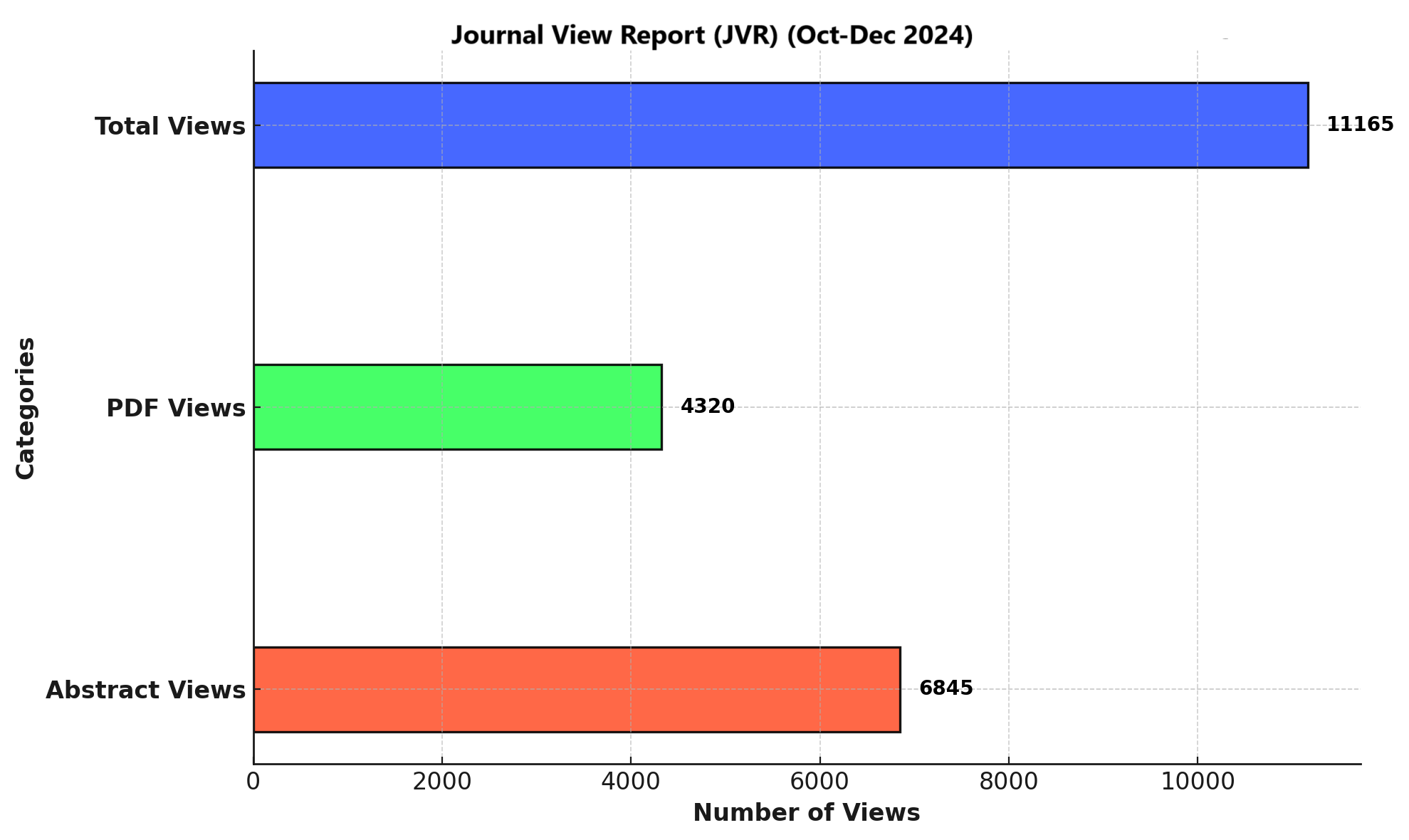COMPARATIVE ANALYSIS OF LEE AND SCHIZAS GRADING SYSTEMS IN THE MRI-BASED DIAGNOSIS OF LUMBAR CANAL STENOSIS
DOI:
https://doi.org/10.71000/6zz4x825Keywords:
Diagnostic Imaging, Inter-observer Variability, Lumbar Canal Stenosis, MRI, SCHIZAS Grading System, Spinal Stenosis, LEE Grading SystemAbstract
Background: Lumbar canal stenosis (LCS) is a degenerative spinal condition leading to compression of neural structures, often resulting in pain and functional impairment. MRI serves as the gold standard for diagnosing LCS, with grading systems playing a crucial role in assessing stenosis severity. The LEE and SCHIZAS grading systems are widely utilized, yet their comparative reliability, clinical applicability, and diagnostic accuracy require further evaluation to optimize patient management and improve standardization in radiological assessments.
Objective: This study aimed to compare the LEE and SCHIZAS grading systems for MRI-based diagnosis of lumbar canal stenosis by assessing their inter-observer agreement, test-retest reliability, and correlation with clinical outcomes.
Methods: A cross-sectional study was conducted over four months at Farooq Hospital Lahore, including 222 patients diagnosed with LCS. MRI scans were obtained using a Toshiba 1.5T scanner, with both axial and sagittal lumbar spine images assessed. Two independent radiologists graded stenosis severity using the LEE and SCHIZAS systems. Inter-observer agreement was evaluated using Cohen’s kappa, and inter-system correlation was analyzed using Spearman’s coefficient. Symptom severity and functional impairment were assessed using the Oswestry Disability Index (ODI).
Results: The LEE grading system demonstrated excellent inter-observer agreement (κ = 0.85), while the SCHIZAS system showed good agreement (κ = 0.78). A strong correlation (r = 0.82, p < 0.001) was observed between the two systems. The LEE system exhibited higher sensitivity (89%) and specificity (85%) compared to the SCHIZAS system (86% sensitivity, 82% specificity). Symptom severity scores ranged from 4.2 ± 1.3 to 8.9 ± 1.7 in the LEE system and 4.3 ± 1.2 to 8.8 ± 1.6 in the SCHIZAS system. ODI scores progressively increased with stenosis severity, reaching 62.3% ± 12.5% in LEE Grade 4 and 63.5% ± 11.8% in SCHIZAS Grade D.
Conclusion: Both grading systems demonstrated strong reliability, with the LEE system showing slightly better diagnostic precision and reproducibility, while the SCHIZAS system offered greater ease of application in routine clinical settings. Their combined use may optimize LCS assessment, balancing accuracy and efficiency in patient management.
Downloads
Published
Issue
Section
License
Copyright (c) 2025 Hamad Ahsan, Tasra Bibi, Muhammad Nauman Saleem (Author)

This work is licensed under a Creative Commons Attribution-NonCommercial-NoDerivatives 4.0 International License.







